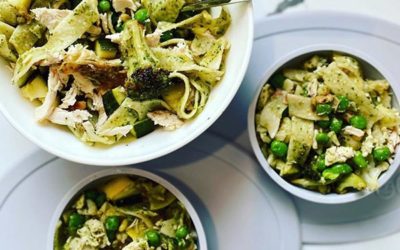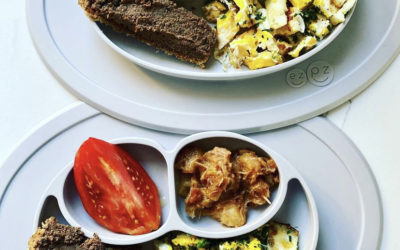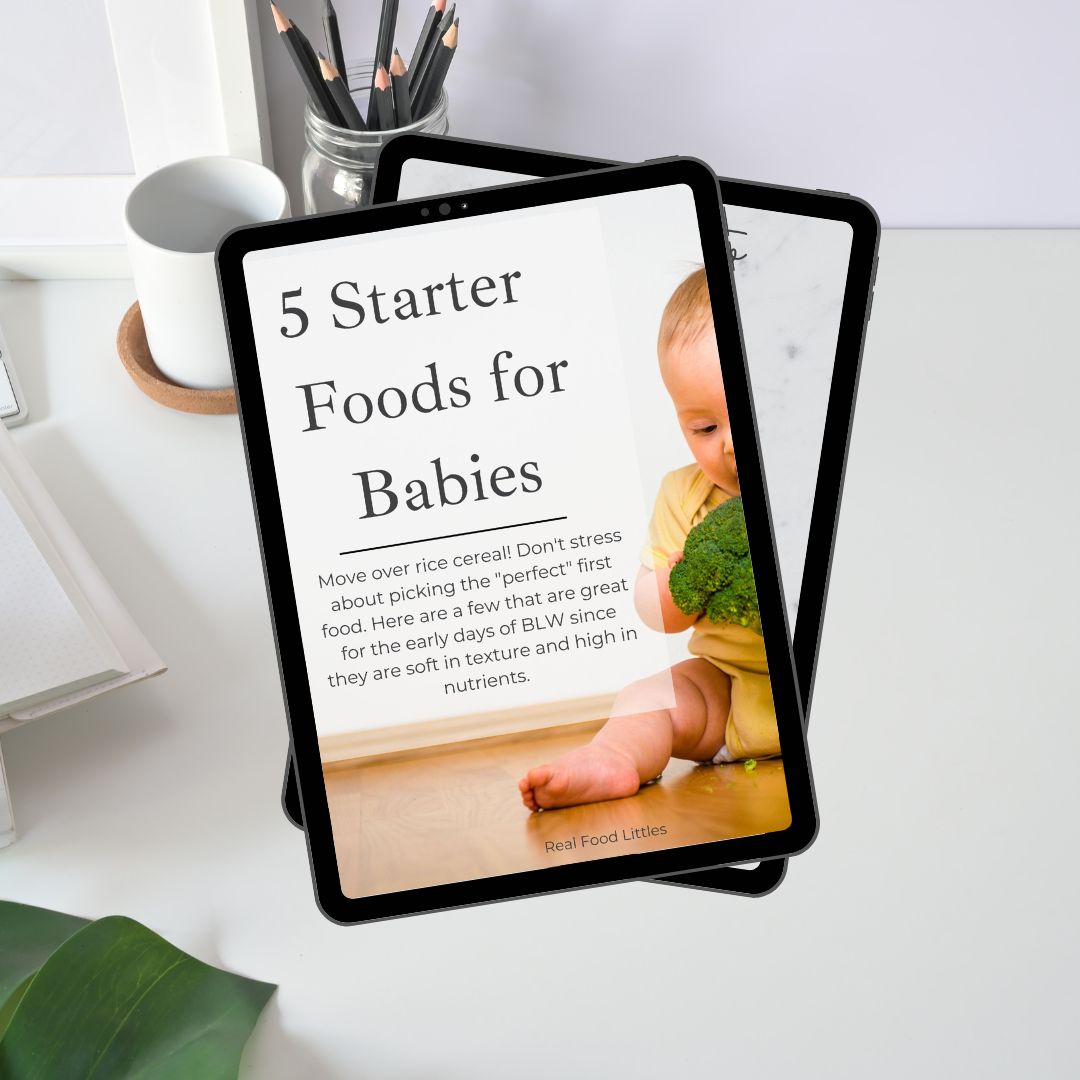For many years, the pediatrician’s answer for first foods for babies was infant cereal since it is fortified with iron and a low-allergen risk food. Another main food that is a low allergen risk and high in iron is meat!
For those families who choose to eat meat, it is a nutrient-dense source of protein, fat, iron, zinc, some omega-3 and a host of other nutrients that babies need. The caveat is that it can be a tricky texture for babies which is why it is often avoided in the early days of BLW in favor of soft foods like banana, sweet potato and avocado. If you eat meat in your family, you can absolutely introduce it to your baby early so they can reap the benefits of heme iron, the kind found in meat that is more easily absorbed by the body than the non-heme iron in plant foods.
How to Prevent Choking
The key to meat for babies is to ensure moisture/fat content as babies are more likely to gag or potentially choke on meat that is dry. Also, counter-intuitively, some of the best options for early BLW are BIG pieces – think a chicken drumstick, or a strip of steak to suck juices out of. Other options for the early days are liver paté, or a meat purée served on a preloaded spoon. Some BLW purists advocate against spoons at all costs, but the benefits from both a nutritional and taste development perspective make preloaded spoons an excellent choice a brief few weeks at the start of the weaning journey. A nice compliment to preloaded spoons are bone-in options like a lamb shank or rib with most of the meat removed. These are great for oral development and babies LOVE these “handle” type foods! Look for higher fat content meat – chicken thighs instead of chicken breast, chuck roast or ribeye instead of flank steak, pork shoulder instead of pork tenderloin. The more fat the meat has, the more moisture it has and the easier it will be for your baby to gum and swallow. You can also add moisture through broth or sauce to further reduce the dryness of the meat.
Meats You Can Introduce
Here is a list of ways to prepare meat for baby, in a loose suggested order based on age from the first few days of BLW to a few months into the process:
- Liver paté on a preloaded spoon
- Meat purée on a preloaded spoon
- Bone-in meat such as a lamb shank or rib with most of the meat removed
- Chicken drumstick, skin and cartilage removed
- Steak to suck on
- Pot roast
- Pulled pork
- Poached chicken thigh with broth
- Ground meat in meatballs
- Once the pincer grasp is developing around 9 months, you can introduce very small chopped meat
The Real Food Baby goes into depth on how to cook meat and other nutrient dense foods as well as how to know the difference between gagging and choking so you can feel 100% confident feeding your baby. If you’re just getting started, grab a seat at my free Baby-led Weaning 101 Workshop!




